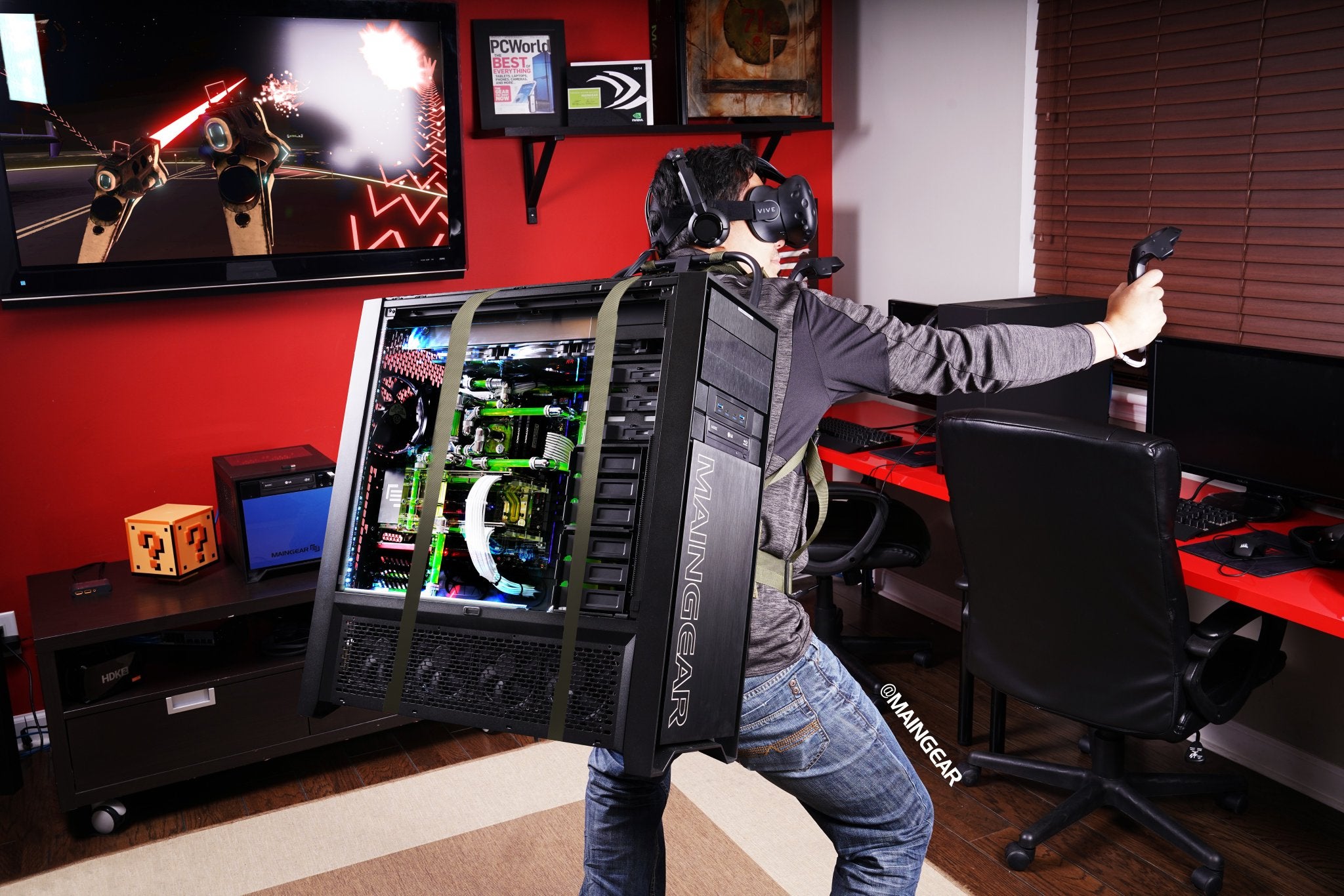Gaming consoles have come a long way since their humble beginnings in the 1970s. From simple two-dimensional games to immersive virtual reality experiences, gaming consoles have evolved at a rapid pace, revolutionizing the gaming industry and captivating millions of players worldwide. In this article, we will delve into the fascinating history of gaming consoles, examine their current state, and explore what the future holds for these gaming powerhouses.
The Past: Birth of the Gaming Consoles
The birth of gaming consoles can be traced back to the early 1970s, when companies like Magnavox and Atari introduced the first commercially successful home gaming systems. Magnavox Odyssey, released in 1972, is widely regarded as the first gaming console. However, it was Atari’s Atari 2600, launched in 1977, that truly popularized the concept of gaming consoles and paved the way for the industry we know today.
These early consoles featured simple graphics and sound capabilities, offering games like Pong, Space Invaders, and Pac-Man. They connected to the television sets and used cartridges or cassettes to load games. Despite their technical limitations, these consoles sparked a gaming revolution and laid the foundation for future advancements.
The Present: The Golden Age of Gaming Consoles
Fast forward to the present day, and gaming consoles have become a central part of the entertainment industry, offering a plethora of features and immersive gaming experiences. The current generation of consoles, such as Sony’s PlayStation 5, Microsoft’s Xbox Series X, and Nintendo’s Switch, represent the pinnacle of gaming technology.
The PlayStation 5, released in 2020, boasts powerful hardware that enables stunning graphics and supports ray tracing, a technique that enhances visual realism by simulating the behavior of light in real-time. It also offers fast loading times, haptic feedback, and adaptive triggers on its DualSense controller, providing a more immersive and sensory gaming experience.
On the other hand, the Xbox Series X, also launched in 2020, focuses on raw power and backward compatibility. It offers native 4K gaming, up to 120 frames per second, and features like Quick Resume, allowing players to seamlessly switch between multiple games.
Nintendo’s Switch, released in 2017, took a unique approach by offering a hybrid console that can be used both as a handheld device and connected to a TV. It introduced the concept of Joy-Con controllers with motion-sensing capabilities, encouraging social and active gaming experiences.
Furthermore, the rise of online gaming has transformed the console landscape. Players can now connect with friends and competitors across the globe, participate in multiplayer matches, and even stream their gameplay to a worldwide audience. Online marketplaces like PlayStation Network, Xbox Live, and Nintendo eShop have made it easier than ever to access a vast library of games, including both AAA titles and indie gems.
The Future: What Lies Ahead?
As technology continues to advance, the future of gaming consoles promises even more exciting possibilities. Here are some trends and developments that may shape the future of gaming consoles:
- Enhanced Virtual Reality (VR) Experiences: Virtual reality has already made its mark in the gaming industry, but future consoles may take it to the next level. Improved VR headsets with higher resolutions, wider fields of view, and more precise tracking are likely to become standard features. This will enable players to fully immerse themselves in virtual worlds and experience gaming like never before.
- Cloud Gaming: Cloud gaming, also known as game streaming, allows players to access games remotely, without the need for powerful hardware. Instead of running games locally, the console streams the gameplay over the internet, reducing the barrier to entry and enabling gaming on various devices. Companies like Google, Amazon, and Microsoft are investing heavily in cloud gaming platforms, and future consoles may integrate this technology seamlessly.
- Cross-platform Integration: The gaming industry is gradually moving towards cross-platform integration, allowing players to play together regardless of the console they own. This trend is likely to continue, fostering a more inclusive and interconnected gaming community. Gamers can look forward to playing with their friends, regardless of whether they own a PlayStation, Xbox, or Nintendo console.
- Augmented Reality (AR) Integration: While virtual reality immerses players in entirely digital environments, augmented reality overlays digital elements onto the real world. The success of games like Pokémon Go has demonstrated the potential of AR in gaming. Future consoles may incorporate AR technology, enabling players to interact with their surroundings and bringing virtual experiences into the real world.
- Improved AI and Machine Learning: Artificial intelligence and machine learning have the potential to revolutionize gaming by creating more dynamic and responsive experiences. Advanced AI algorithms can generate lifelike NPCs (non-player characters) and adapt gameplay based on the player’s behavior and preferences. This will result in more realistic and personalized gaming experiences that continually evolve.
Conclusion
The evolution of gaming consoles has been nothing short of remarkable. From the simple beginnings of the Magnavox Odyssey and Atari 2600 to the current generation of PlayStation, Xbox, and Nintendo consoles, gaming technology has advanced by leaps and bounds. The present-day consoles offer unprecedented graphics, innovative features, and online connectivity, captivating players worldwide.
Looking ahead, the future of gaming consoles appears promising. With enhanced virtual reality experiences, cloud gaming, cross-platform integration, augmented reality integration, and improved AI and machine learning, gaming consoles are poised to deliver even more immersive and personalized experiences. The gaming industry will continue to push the boundaries of technology, providing players with new and exciting ways to explore virtual worlds and connect with others. The future of gaming consoles is indeed a thrilling prospect for gamers and technology enthusiasts alike.



